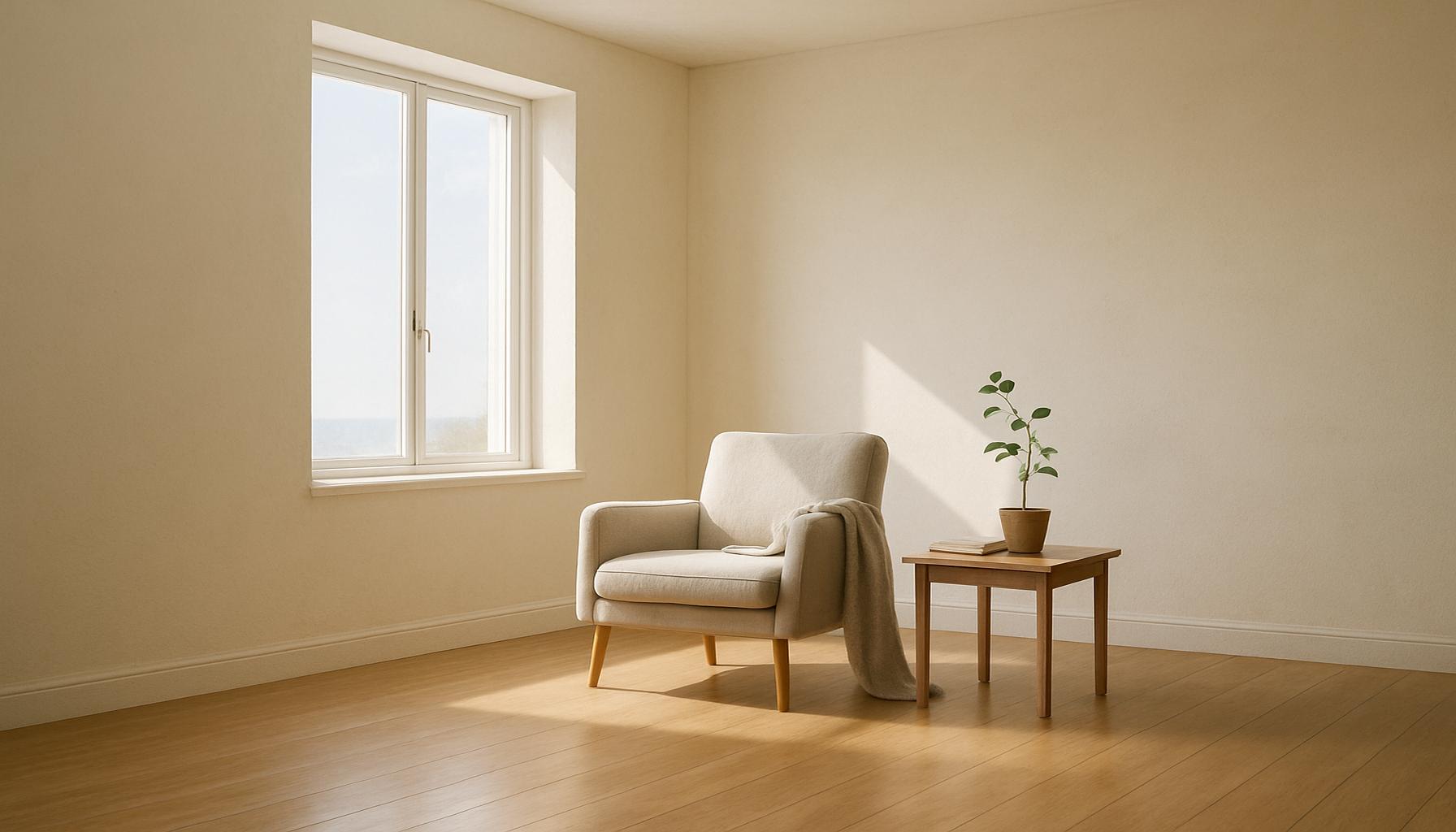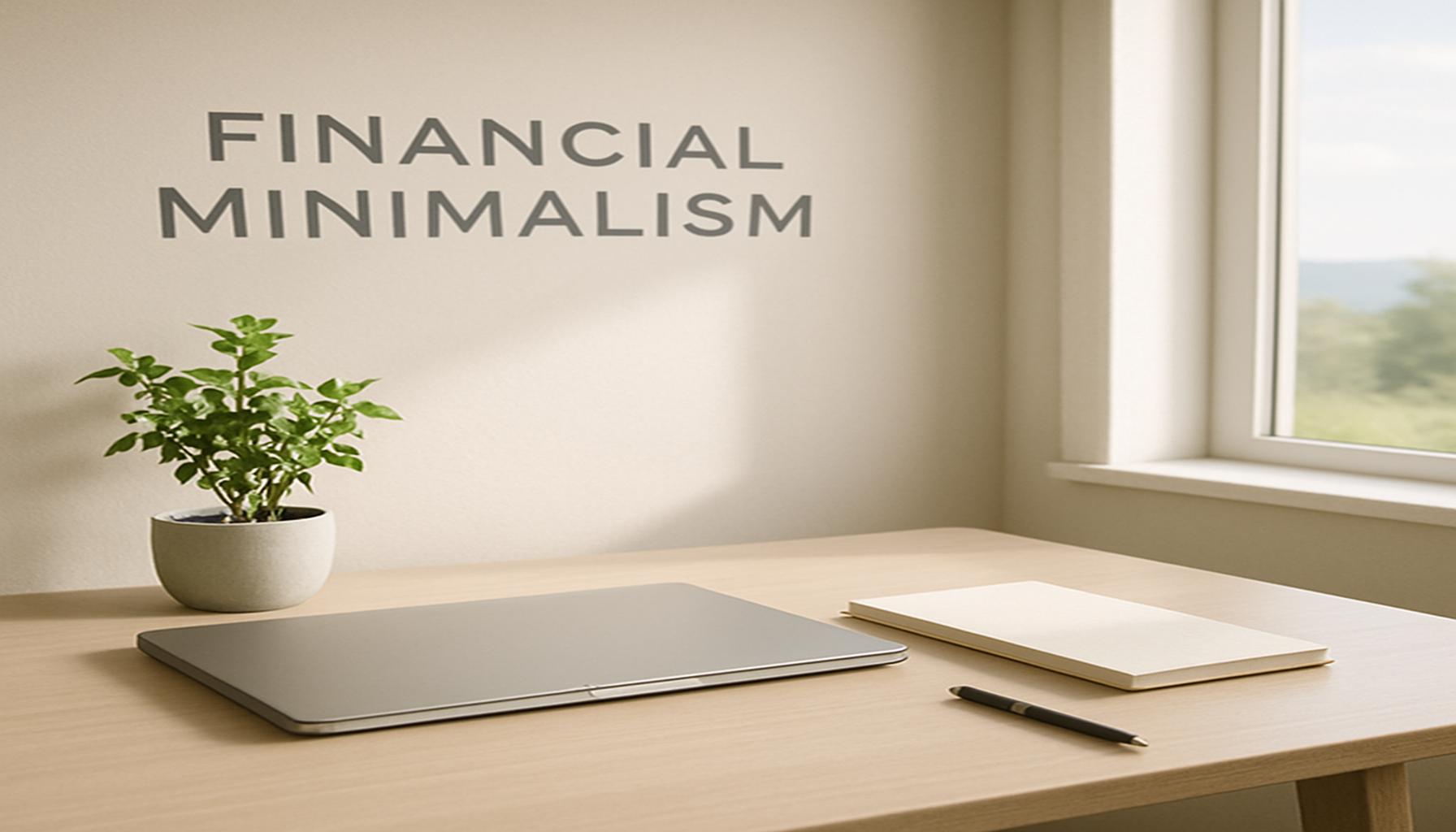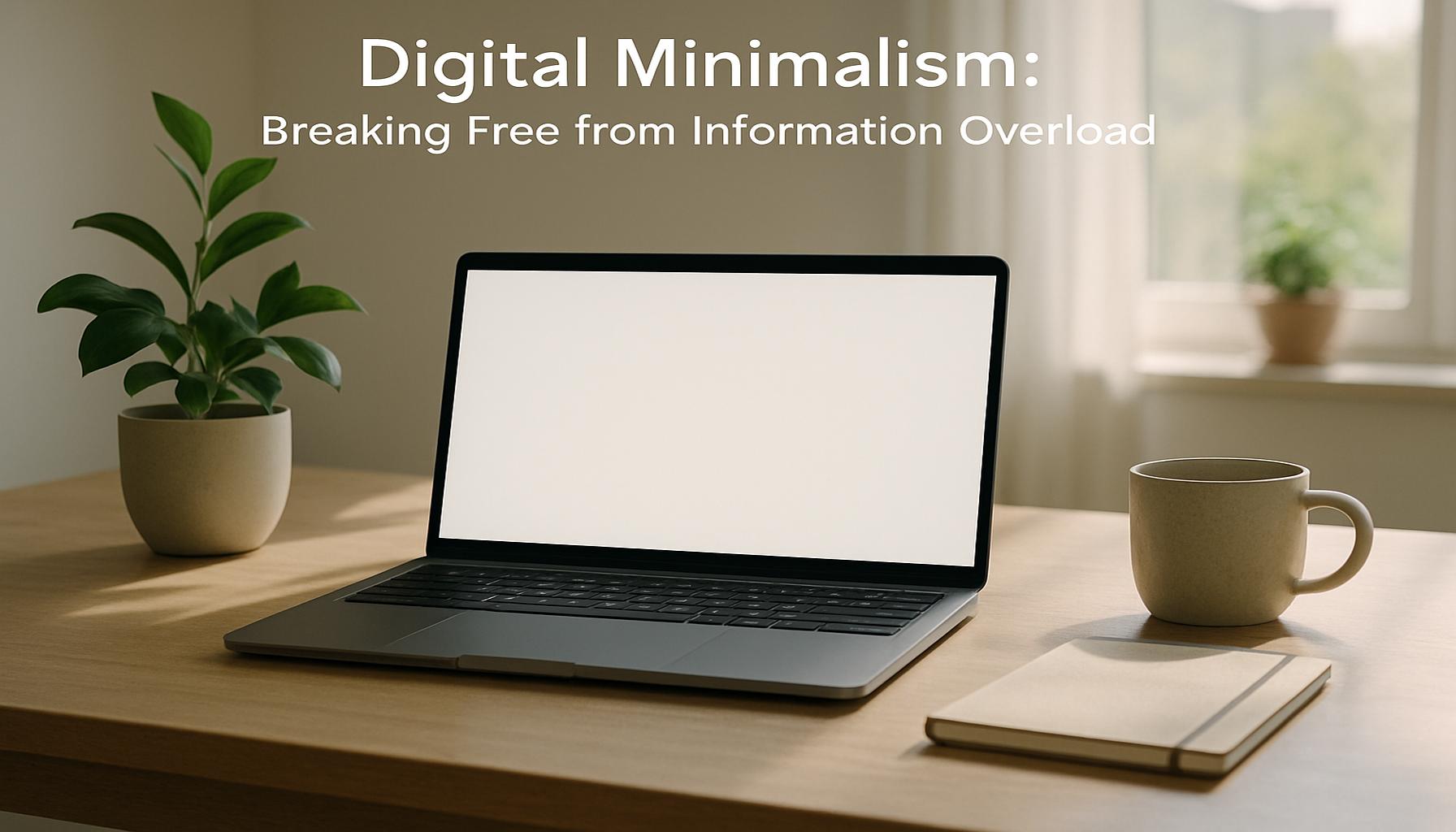Open Spaces, Free Minds: The Impact of Minimalist Design on Personal Freedom
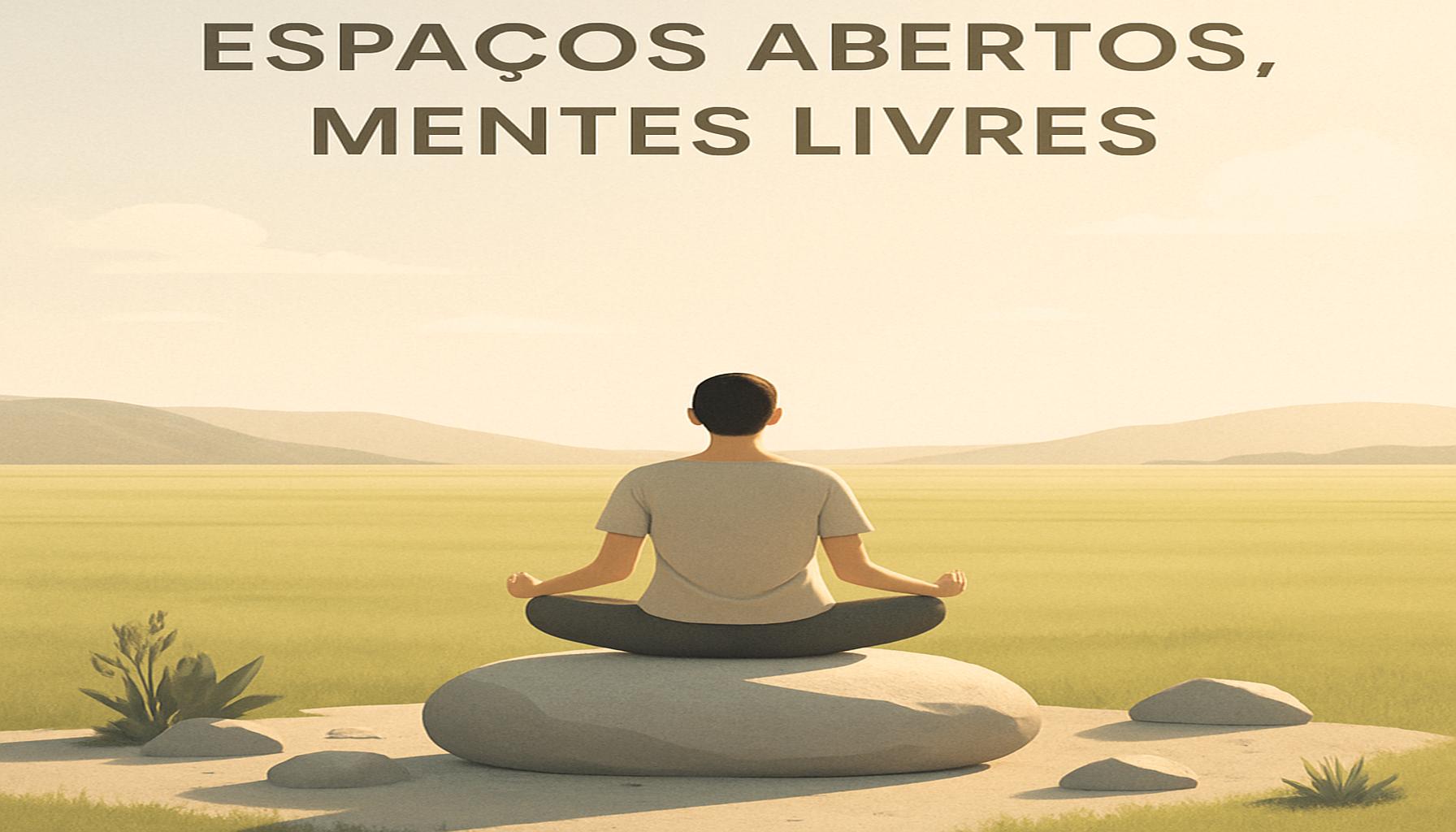
The Power of Minimalism in Modern Design
In a world bustling with distractions, the concept of minimalist design has emerged as a beacon of hope for individuals seeking clarity and tranquility. This design philosophy emphasizes open spaces that foster creativity by removing unnecessary clutter and distractions. By embracing minimalism, we can cultivate environments that inspire focus and enhance the quality of our daily lives.
What Minimalist Design Actually Entails
Minimalist design is not just about aesthetics; it is a holistic approach to creating spaces that resonate with simplicity and purpose. Here are some key features that define this transformative style:
- Decluttered Areas: Simplified spaces eliminate unnecessary items, allowing for ease of movement and reducing stress. For example, a decluttered office can enhance productivity, as a clean workspace prevents distractions.
- Natural Light: Maximizing sunlight through large windows or open floor plans creates a bright and uplifting atmosphere. Research indicates that exposure to natural light can boost mood and energy levels, making spaces feel more inviting.
- Functionality: Every element in a minimalist design serves a specific purpose. For instance, multifunctional furniture, like a sofa bed, not only saves space but adds practicality, combining comfort with efficiency.
The Broader Benefits of Minimalism
The influence of minimalist design extends beyond mere aesthetics and functionality; it profoundly impacts our mental and emotional well-being. Many individuals discover that embracing minimalism can lead to:
- Mental Clarity: By reducing visual chaos, our minds can focus more sharply on tasks at hand. Numerous professionals in high-stakes environments, such as tech startups in Silicon Valley, report that a minimalist workspace significantly enhances their concentration.
- Emotional Well-being: A simplified environment promotes a sense of peace and calm. Those practicing minimalism often find that less clutter leads to reduced anxiety, creating a sanctuary for relaxation and rejuvenation.
- Increased Productivity: Spaces designed with intention often translate into better outcomes. For example, companies that adopt minimalist office designs, like Google, note that employees experience greater creativity and efficiency in their tasks.
As Americans navigate the complexities of modern life, the principles of minimalist design may provide a key to unlocking a freer mindset. Families seeking balance and peace can particularly benefit from these insights. The journey toward minimalism is not merely about removing physical items, but also about fostering a mindset that values quality over quantity. Exploring this transformative approach could lead to newfound clarity and emotional liberation.
Join us as we delve deeper into the principles of minimalism and its enduring impact on personal freedom. Together, we can uncover how these design strategies lead to healthier, more fulfilled lives in today’s fast-paced world.
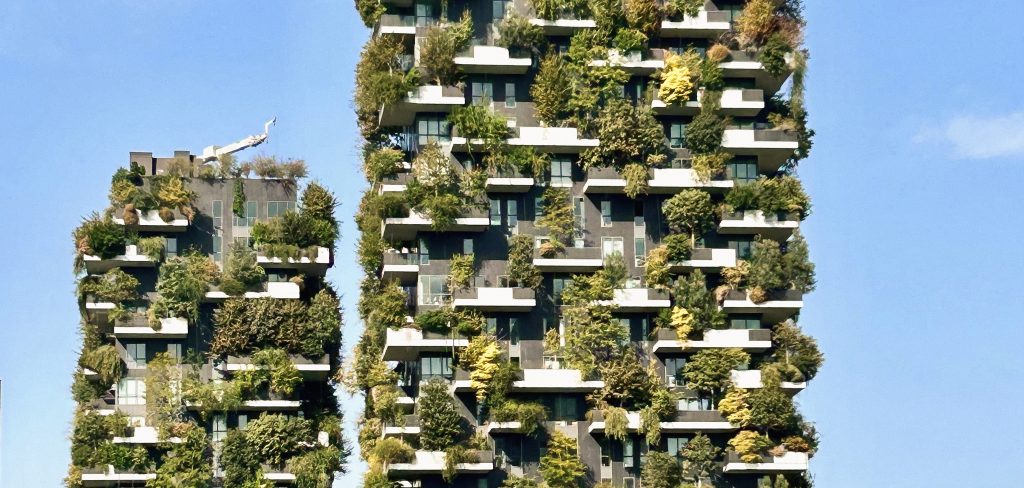
DIVE DEEPER: Click here for insights on mental clarity and minimalism
Minimalism as a Catalyst for Personal Liberation
The ethos of minimalist design extends far beyond the visual appeal of open space; it actively contributes to personal freedom and a liberated mindset. The restrictive nature of clutter and distractions can often hinder our ability to think freely, innovate, and navigate through life’s complexities. By creating environments that prioritize simplicity, we set the stage for a profound transformation in how we experience our surroundings and ourselves.
Understanding the Psychology Behind Minimalism
The psychological impact of minimalism is significant and can be understood through several concepts:
- Environmental Influence: Our surroundings influence our mood and behavior. Research demonstrates that environments designed with minimalism in mind help reduce stress and anxiety, ultimately leading to improved mental health. Studies published in journals such as Environment and Behavior highlight that individuals in uncluttered environments exhibit better focus and emotional stability.
- Mindful Consumption: Minimalism encourages individuals to make conscious choices about what they bring into their lives, fostering a culture of mindfulness. This intentional approach not only includes physical possessions but extends to digital consumption as well, promoting mental clarity by reducing overwhelm from information overload.
- Freedom from Materialism: Embracing minimalism often leads to a rejection of consumerism, freeing individuals from the societal pressures to acquire more. This shift in mindset aligns closely with greater fulfillment, as people prioritize experiences and relationships over the accumulation of material goods.
As we witness the rise of the minimalist lifestyle in American culture, particularly among millennials and Gen Z, we see a powerful movement towards intentional living. Many are choosing to downsize their living spaces, adopt minimalistic decor, and even abandon social media platforms, all in pursuit of a less chaotic life. This lifestyle choice presents a counter-narrative to the fast-paced consumer culture prevalent in today’s society, advocating instead for quality of life that emphasizes freedom and personal growth.
Notably, numerous urban centers across the United States are witnessing a surge in minimalist architecture, with public spaces designed to promote interaction, relaxation, and creativity. Parks and community gardens, with their expansive green spaces, serve as reminders of the beauty of simplicity, drawing people together in a shared appreciation for open environments. The design of these public spaces not only caters to aesthetic preferences but also fulfills a deeper intrinsic need for connection and tranquility.
With such a strong emphasis on the psychological and emotional benefits of minimalist design, it becomes increasingly clear how this approach can unlock personal freedom. By creating environments that allow for mental clarity and emotional well-being, we embark on a journey towards reclaiming our time and our thoughts. Thus, minimalism emerges not just as a trend but as a vital component of personal liberation.
| Advantages | Impact |
|---|---|
| Enhanced Clarity | Minimalist design reduces distractions, allowing for a more focused mindset. |
| Increased Flexibility | Open spaces enable versatility in how environments are used, fostering creativity. |
| Psychological Well-being | A simpler environment can lead to reduced stress and enhanced mental health. |
| Freedom of Expression | Minimalist aesthetics promote individuality without excess. |
The benefits of minimalist design extend deeply into our psychological and emotional realms, enhancing both clarity and creativity. By stripping away the non-essential, minimalist environments enable individuals to focus on what truly matters to them, promoting a sense of freedom. Open, uncluttered spaces stimulate deeper thought processes and artistic expression by allowing personal interpretation through simple yet impactful decor.Moreover, such environments have been linked to improved psychological well-being, reducing anxiety through the elimination of overwhelming stimuli. The conscious choice to surround ourselves with less can often lead to a richer, more meaningful life experience. Furthermore, minimalist design fosters an atmosphere of flexibility, essential in both personal and professional settings, permitting dynamic interactions and uses of space that cater to various activities or moods. As we continue to explore the interplay of space and freedom, the multifaceted impacts of minimalist design reveal themselves as an engaging area of discovery.
DIVE DEEPER: Click here to simplify your daily life
Designing for Connection: The Role of Open Spaces in Minimalism
As we delve deeper into the relationship between minimalism and personal freedom, it becomes increasingly evident that open spaces play a crucial role in fostering social interactions and personal connections. In urban environments, where buildings often dominate the skyline and open areas are scarce, the presence of thoughtfully designed public spaces becomes even more vital. These spaces encourage community engagement, provide opportunities for leisure, and instill a sense of belonging among individuals.
Reducing Barriers Through Design
Evidence suggests that minimalist design in public spaces can effectively reduce barriers between individuals, promoting more inclusive interactions. For example, cities like New York and San Francisco have embraced urban parks built with a focus on minimalistic aesthetics and functionality. The innovative use of landscapes and seating arrangements creates a welcoming atmosphere that encourages people to gather, socialize, and share experiences without feeling overwhelmed by clutter. In a logical extension, this sense of community can engender feelings of safety, thereby providing a safer environment for personal expression.
Research also indicates that communal spaces designed with minimalism in mind can lead to increased collaboration and creativity. A study published in the journal Building and Environment found that individuals who worked in minimalist office spaces reported higher levels of satisfaction and productivity. The lack of distractions allowed employees to think clearly and engage more authentically with their colleagues. This concept underscores the idea that minimalism not only serves as a backdrop for our daily activities but also plays an active role in shaping our interactions.
The Intersection of Nature and Minimalism
Another compelling aspect of minimalist design lies in its emphasis on harmonizing with nature. The integration of natural elements within open spaces—such as trees, gardens, and water features—has profound implications for mental health and well-being. A study by the University of Illinois revealed that time spent in natural settings can significantly reduce stress levels, enhance mood, and improve cognitive functioning. Nature-centric minimalist designs, such as those implemented in various community parks, can thus lead to a transformative experience that connects individuals with their surroundings.
Moreover, the juxtaposition of man-made structures against natural backdrops creates a serene environment that fosters introspection and self-discovery. This alignment between the natural world and minimalist aesthetics encourages individuals to reconnect with their thoughts, enabling a clearer sense of purpose and identity. For example, cities like Portland and Seattle have successfully integrated nature into their urban planning, offering extensive botanical gardens and waterfront areas that provide residents with a tranquil escape from the demands of daily life.
Minimalism in Personal Spaces: A Reflection of Self
On an individual level, minimalist design has the potential to redefine personal spaces, offering freedom within one’s own home. By decluttering and simplifying their living environments, individuals can create sanctuaries of peace that nurture creativity and self-reflection. Homes adorned with minimalistic decor not only exude calm but also serve as a canvas for personal expression, allowing inhabitants to curate their surroundings in a way that aligns with their values and priorities.
This transformative approach to interior design also resonates with the growing trend of tiny living. As more people in the United States opt for smaller, more functional homes, they embrace the notion that less truly can be more—a principle that echoes throughout minimalist philosophy. The freedom to choose what to keep and what to let go in one’s living space can lead to a profound sense of empowerment, reinforcing the idea that personal fulfillment can be derived from experiences rather than possessions.
EXPLORE MORE: Click here to discover effective workspace strategies
Conclusion: Embracing Freedom through Minimalist Design
The exploration of minimalist design reveals a profound correlation between open spaces and personal freedom, illustrating how thoughtfully designed environments can enhance our lives in numerous ways. By prioritizing simplicity and functionality, minimalist design fosters a sense of calm, reduces distractions, and encourages genuine social interactions among individuals. This is especially vital in bustling urban landscapes where open spaces can often feel limited.
As we have seen, the impact of creating environments that harmonize with nature not only promotes mental well-being but also nurtures a connection to our surroundings, encouraging personal reflection and growth. The integration of natural elements into public parks and personal spaces allows individuals to escape the chaos of modern life, encouraging them to cultivate a deeper understanding of themselves and their values.
The trend towards tiny living and simplified home environments highlights a cultural shift towards valuing experiences over material possessions, promoting a lifestyle that echoes the minimalist philosophy. Individuals empowered to curate their spaces, prioritize essentiality, and embrace the concept of “less is more” ultimately find greater fulfillment and freedom in their lives.
In a world that often feels cluttered and overwhelming, the principles of minimalism serve as a guiding light, illuminating the path towards an existence rooted in authenticity and connection. As we move forward, it is essential to continue advocating for open, minimalist spaces in our communities and within our homes, ensuring that personal freedom, creativity, and interpersonal connections flourish for generations to come.
